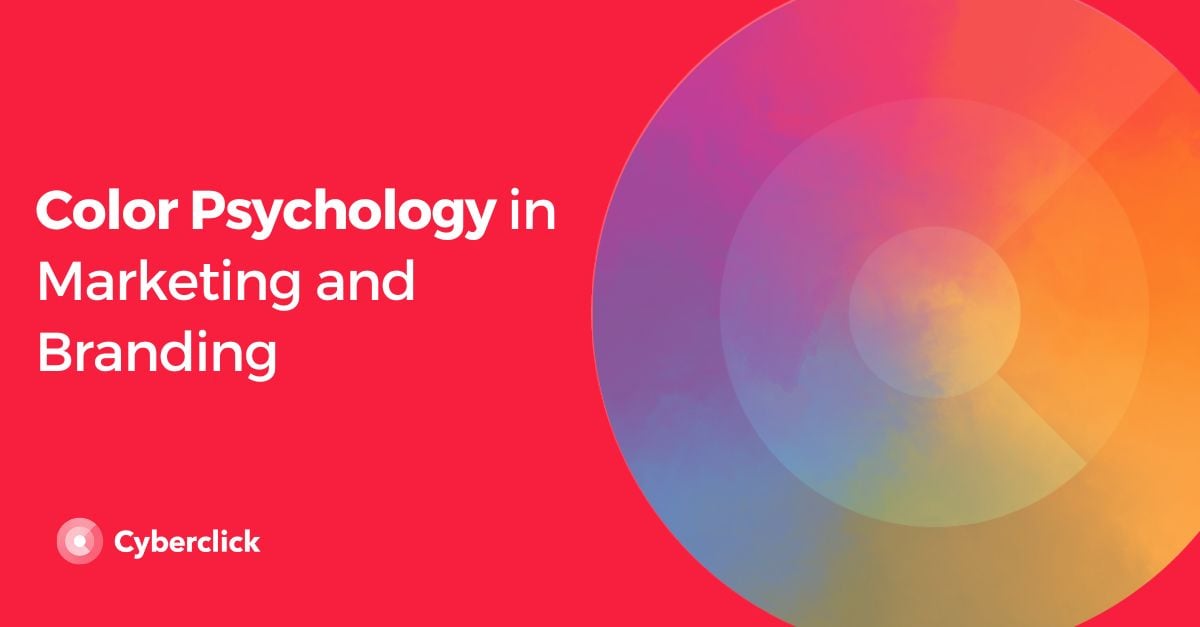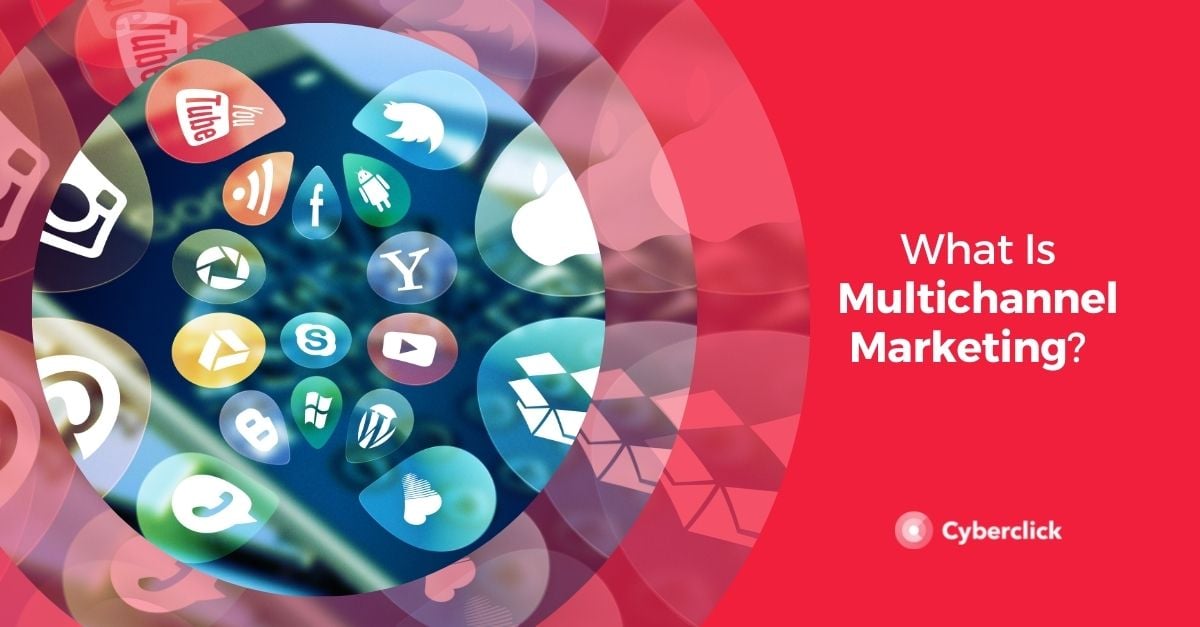If you believe that brands use colors just to improve their aesthetics, you are certainly missing some amazing marketing and branding strategies.
Data shows that 85% of consumers make a buying decision due to a product’s color. Similarly, colors improve brand awareness by around 80%.
Colors can influence the moods, emotions, and psychological behavior of shoppers. Hence, brands use them to convey different messages and persuade people to do what they want.
In this article, you will learn about color psychology in detail. You will find out how famous brands evoke different emotions using different colors.

What Is Color Psychology?
Color psychology is the study of the influence of different colors on human behavior. In the business world, marketers strategically choose colors to design a product, logo, content, etc., to change consumers’ behaviors and buying decisions.
They try to impact our day-to-day decisions by using different colors. Does the color of a dress make you buy it? Can the color of an icon compel you to click on it? If the answer is yes, then this is how brands affect our decision-making with colors.
Different colors have different meanings. These meanings vary depending on age, gender, values, and culture. For instance, in western culture, people wear black to funerals as it represents mourning, while in Africa, the same color symbolizes maturity and age.
How Colors Affect the Perception of a Brand
Brands don’t just pick colors randomly. In fact, they do their research and carefully select colors that help them connect with their customers.
Colors psychology can influence the perception of a brand in the following ways.
Make a Brand Memorable
When brands use the same colors to design their logos, products, and posts, it becomes easier for their customers to recognize them on multiple platforms.
For instance, the bright red color of Coca-Cola helps its consumers recognize the brand and its packaging instantly. This allows it to gain the trust of its customers and make a good impression in the global marketplace.
Represent Brand Identity
Brands use color psychology to speak to their customers and convey the message they want them to understand.
For instance, green can show closeness to nature, but it can also represent blandness. So, a brand that claims to be eco-friendly would most likely use green as it complements its identity, and an entertainment brand would probably avoid using it.
Meet Consumers’ Expectations
Brands can change consumers’ perceptions by using colors that meet their expectations.
For instance, consider colors that don’t go well with certain products and services, like a bright yellow logo for a bank. It fails to connect with bank users because it does not match their expectations. So, banks will most likely use colors like blue that represent trust and match customers’ expectations.
Target a Specific Audience
Specific colors are linked to specific buyers.
For instance, red and orange create urgency, so brands use them to gain the attention of impulse buyers. Blue is highly popular among men, so men's clothing and accessories brands often use this color for branding. It also represents dependability, so Twitter and Facebook's logos are blue to tell their users they can trust these platforms.
Color Psychology Examples
Red
Red is a powerful color that generates several feelings like excitement, passion, love, safety, and power. It creates a sense of urgency, which is why most of the sale announcements, ads and call-to-action buttons are red.
Pizza Hut, KFC, Coca-Cola, Netflix, YouTube, and CNN use this color for branding.
Blue
It is the most popular color in the world. It conveys security, serenity, and dependability. It creates a sense of loyalty and trust, so if you paint your store blue, your potential customers will more likely choose you over your competitors.
Facebook, Dell, IBM, Intel, and Nivea are popular examples of brands that use this color.
Yellow
It evokes various emotions, including happiness, optimism, clarity, and warmth. It is the color that newborn babies first react to. That is why many toys and baby products have a yellow color.
It stimulates mental processes and helps grab your audience’s attention. Since it is a highly compelling color, it can also generate some negative feelings like fear and anxiety. If you are using it for branding, make sure you use it in the right proportion.
MacDonald’s, Lays, Subway, and Snapchat use this color for their branding and marketing.
Green
Green is a lively color that often represents nature. It evokes feelings like freshness, calmness, and relaxation. Many popular food brands use this color to indicate that their products are fresh and good for health. Environmentally-friendly brands also use this color to attract eco-friendly customers.
Animal Planet, Spotify, 7 Up, and Sprite use this lively color to design their logos and products.
Purple
Color psychology shows that purple creates a sense of superiority, wisdom, and success. Brands mostly use it for their luxury products and premium services. It also represents creativity and mystery, which is why it is the most popular color in the creative industry.
FedEx, Cadbury, Hallmark, and Urban Decay use purple colors for branding.
Orange
This bright color reflects many positive feelings, like excitement, warmth, courage, and passion. However, it can also generate feelings of frustration if there is too much orange in a product or a logo.
Orange exudes a sense of aggression, so marketers use it to target impulsive buyers or create a sense of urgency during a sale.
Fanta, Gulf Oil, Harley Davidson, and Amazon use orange for marketing purposes.
The Wrap Up
The competition in global markets is increasing. Brands should not neglect the power of color to promote their products and stand out among competitors. A minor change in color schemes and arrangements can bring a huge difference in consumer behavior.
Many industries and popular brands utilize color psychology to convey their message and represent their identity. You should understand the effects of color psychology to strategically use colors in the design of your brand logo, products, and content.
Shanon es una diseñadora multidisciplinaria especializada en la creación de diversos activos digitales, como campañas digitales, videos o ebooks. Con experiencia en marketing digital y inbound marketing, Shanon destaca en el desarrollo de landing pages y webs para clientes usando HubSpot.
Front-End Developer & Graphic Designer. Shanon is a multidisciplinary designer specialized in creating diverse digital assets, including digital ads, videos, ebooks, and more. With a background in digital and inbound marketing, Shanon excels in developing impactful landing and web pages for clients using HubSpot.




.jpg)
.png)
Leave your comment and join the conversation